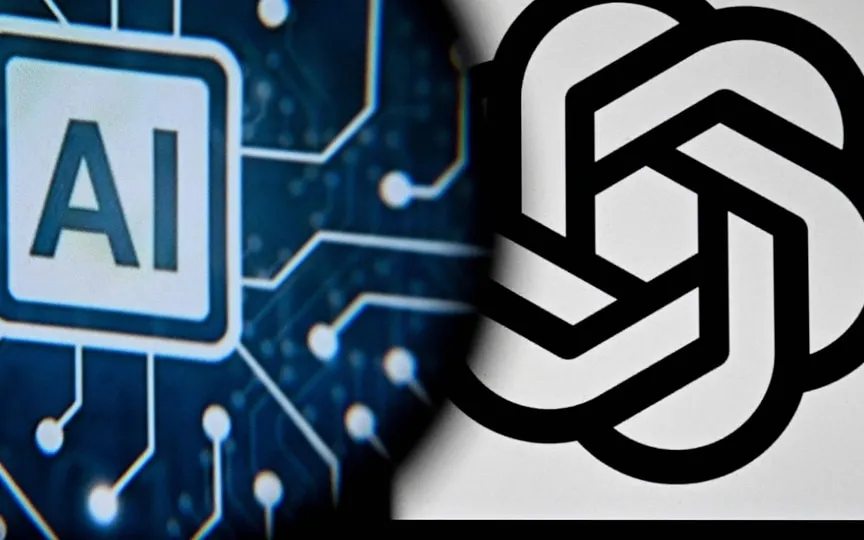What’s new in OpenAI’s ChatGPT with Vision: Introducing GPT-4 Turbo
OpenAI, a prominent AI research and deployment firm, has announced the release of GPT-4 Turbo with Vision in ChatGPT, their popular AI chatbot. This upgrade is now available through the Application Programming Interface (API). Paid users of ChatGPT can now upload images to receive responses, expanding the capabilities of the newly introduced GPT-4 Turbo with Vision.
GPT-4 with Turbo Vision: What’s new?
The latest iteration, GPT-4 Turbo, offers up to 128,000 characters, a significant leap over the 8x increase over GPT-3.5 Turbo. Tokens act as blocks of data entered into the model for processing. This updated template includes data up to December of the previous year, ensuring users receive more relevant and up-to-date answers.
According to OpenAI’s official blog post, “GPT-4 Turbo with Vision enables the model to interpret images and provide related responses.” In addition, it can handle media feed via Uniform Resource Locator (URL). Despite the company’s most advanced technology, GPT-4 Turbo has certain limitations.
Limitations and Scope
OpenAI clarifies that the model may struggle to correctly analyze medical images such as CT scans, images that contain non-English or small text, diagrams, stylized text, panoramic or fisheye images, and more. In addition, the system is not intended for processing CAPTCHAs. Users can upload image files in PNG (.png), JPEG (.jpeg and .jpg), WEBP (.webp), and non-animated GIF (.gif) formats with a size limit of 20MB per image.
“We automatically delete the image after the model has processed it,” OpenAI assures. In addition to its image processing capabilities, GPT-4 Turbo also offers functions such as creating websites from scratch, coding assistance, and more. Access to GPT-4 Turbo is granted to ChatGPT Plus users, with subscription prices starting at $20 per month (roughly Rs. 1,660) in India.




